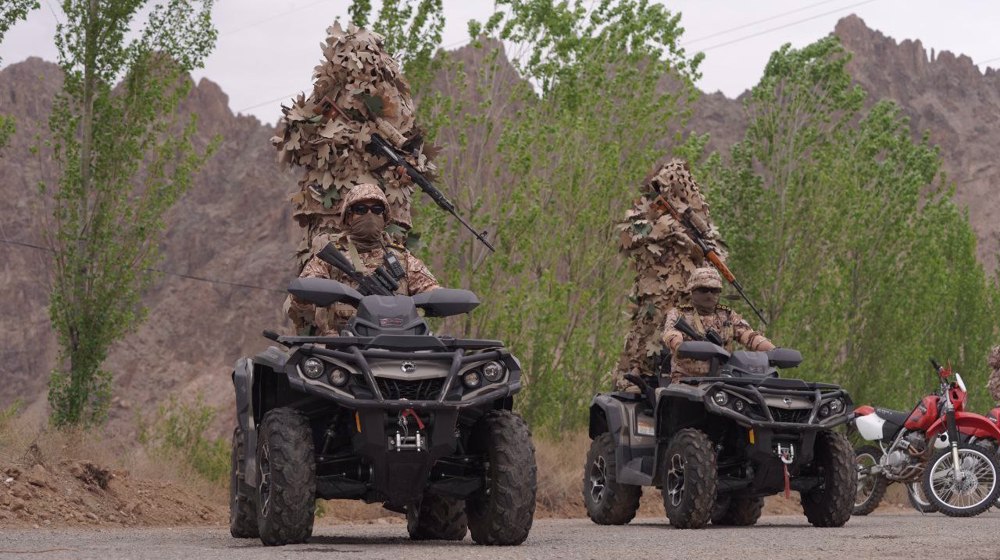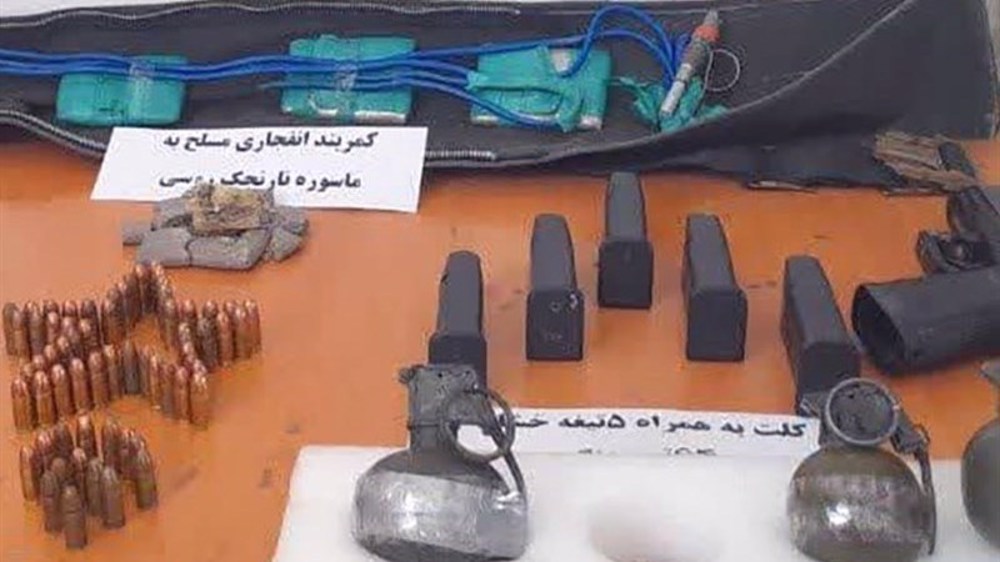Iran’s Nazir long-range radar system put into operation
A senior Iranian commander says the country has put its domestically-manufactured Nazir long-range radar system with the capability of detecting radar-evading targets into operation.
“Nazir radar has come into operation and no radar-evading flying object can enter the Islamic Republic’s airspace without permission from now on,” Brigadier General Farzad Esmaili, the commander of the Khatam al-Anbiya Air Defense Base, said on Monday.
He added that the homegrown radar specializes in detecting small flying objects such as the US Lockheed U-2 reconnaissance aircraft, US General Atomics MQ-1 drone and the Northrop Grumman RQ-4 surveillance aircraft.
“The Nazir radar can easily detect and trace ballistic and cruise missiles and most importantly radar-evading aircraft," the commander said.
The radar system was put into operation at the altitude of over 3,000 meters (about 9,800 feet).
In September 1, 2015, Iran unveiled two domestically-built state-of-the-art radar systems, dubbed Nazir and Bina, capable of detecting stealth targets at high altitudes.
Nazir is a long-range radar system that can detect and track hostile aerial targets within a radius of 800 kilometers at an estimated altitude of 100,000 feet, while Bina uses three-dimensional (3-D) technology to detect radar-evading targets. It can also be used to deter electronic warfare.
The two radar systems have been deployed in mountainous and plain areas in the southeastern parts of Iran.
In October 2015, Iran unveiled a new long-range digital radar system, dubbed Fat’h 14 (Conquer 14), which is capable of detecting enemies’ strategic objectives.
The radar system has a range of 600 kilometers and can detect small airborne targets at a high altitude. High agility and swift connection to command and control network are among other features of the semiconductor radar.
Fat’h 14 is the first radar featuring such characteristics in the Middle East.

Iran, Armenia to hold joint military drills to bolster border security, combat terrorism

Iranian intelligence forces dismantle Takfiri terrorist network

‘Cutting-edge’: Iran says Arash-2 suicide drone will wipe out all threats within 2,000km range
Reaching agreement ‘possible’ if US ends intimidation, threats: Iran’s deputy FM
‘Iran’s chemical warfare victims living proof of hollowness of West’s human rights claims’
China's oil imports from Iran surge despite US sanctions: Report
Official: Iran has surpassed West's 'arbitrary' redlines on nuclear tech
Mostly women, children killed as Israel expands Gaza onslaught
VIDEO | Press TV's news headlines
Trump policy protest erupts outside US Congress
Xi calls on EU to join China to resist Trump trade war 'bullying'







 This makes it easy to access the Press TV website
This makes it easy to access the Press TV website